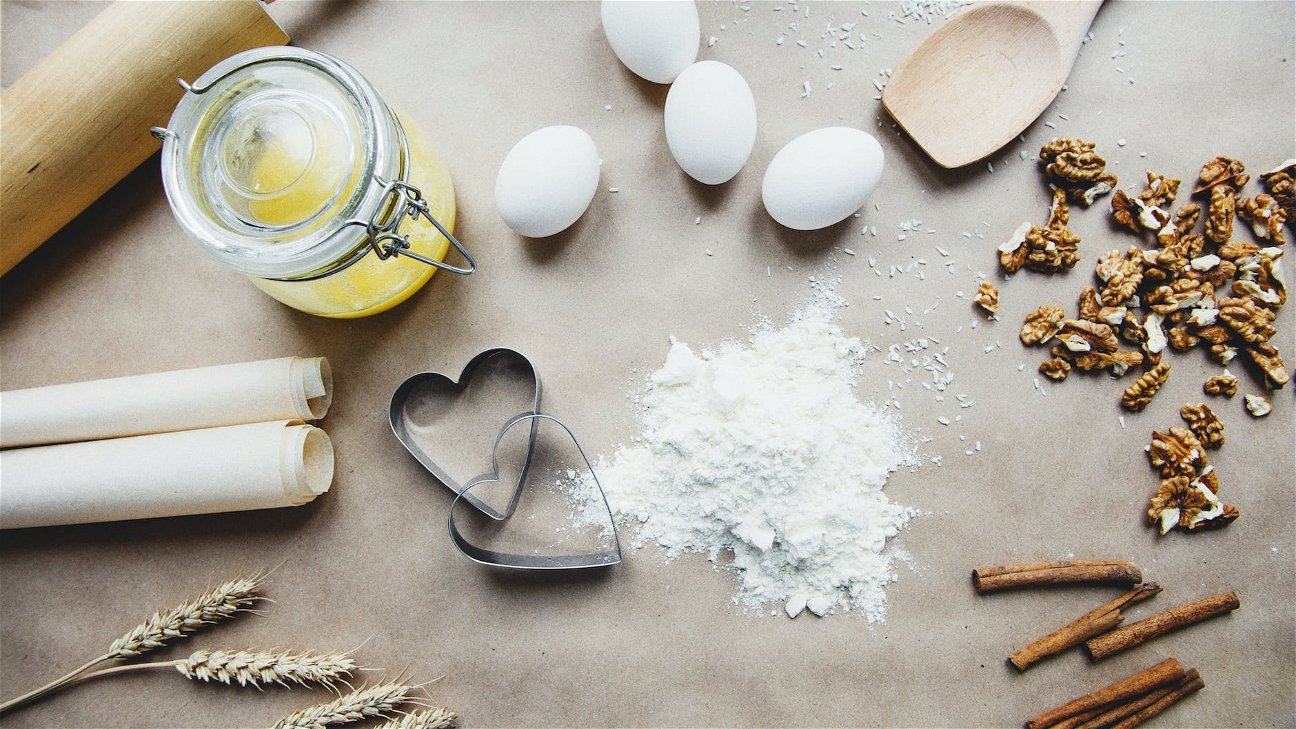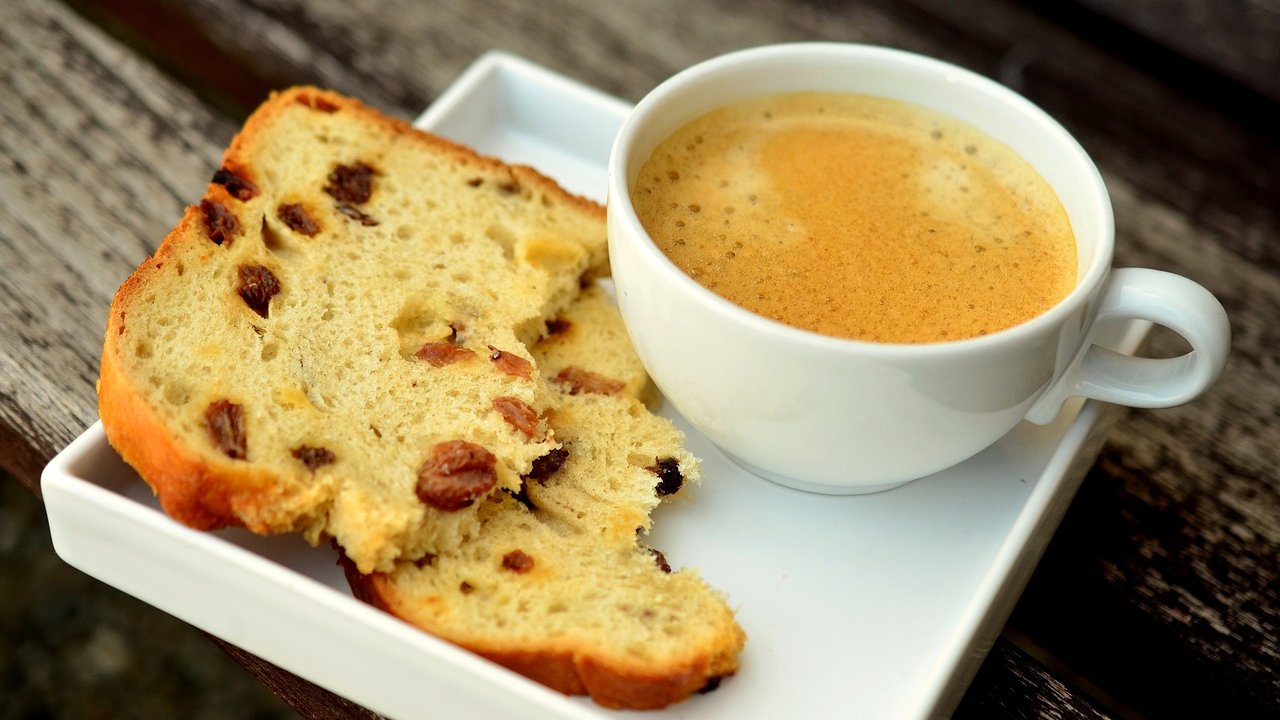
Baking is more than just a hobby or a profession; it's a link to our past, a touchstone to our cultural heritage. As we dig into the history of baking, we find that our ancestors had a deep understanding of the grains they used, many of which are now categorized as 'ancient grains'. These grains have sustained civilizations for centuries and are rich in flavor, nutrition, and history. Let's journey together in rediscovering heritage baking with ancient grains.
What are Ancient Grains?
Ancient grains, often referred to as 'heritage grains', are those that have remained largely unchanged over the last several hundred years. Unlike modern varieties, which have been extensively bred for high yield and disease resistance, ancient grains retain their original nutritional profile and unique flavors. Some commonly used ancient grains include quinoa, amaranth, spelt, kamut, farro, teff, and millet.
Benefits of Baking with Ancient Grains
Rich in Nutrients: Ancient grains are typically higher in protein, fiber, and other essential nutrients compared to modern grains. They are a great source of vitamins and minerals such as iron, magnesium, and B-vitamins.
Diverse Flavors: Each ancient grain brings a unique flavor profile to your baked goods, adding complexity and depth. From the nutty taste of quinoa to the sweet, mild flavor of teff, there's an ancient grain to suit every palate.
Improved Digestion: Many ancient grains are naturally gluten-free and easier to digest, making them an excellent choice for those with gluten intolerance.
Baking with Ancient Grains: Tips and Tricks
-
Substitution: You can substitute part of the regular flour in a recipe with ancient grain flours for added nutrition and flavor. However, because ancient grains have different baking properties, it's advisable to start with a small substitution (about 25%) and adjust based on results.
-
Hydration: Ancient grains often require more liquid than modern wheat, so recipes may need to be adjusted accordingly.
-
Grinding: If you're grinding your own flour, remember that ancient grains can be harder and may require a high-powered mill.
Simple Recipes to Get You Started
Here are two heritage recipes to start your baking journey with ancient grains:
-
Spelt Bread: Spelt is an ancient grain that's a great substitute for modern wheat. It has a slightly sweet and nutty flavor that pairs well with both sweet and savory toppings.
-
Quinoa Cookies: Quinoa is a versatile grain that's naturally gluten-free. These quinoa cookies are a healthy and delicious treat that's easy to make.
With a little creativity and patience, baking with ancient grains can open up a world of flavors while connecting you to the rich heritage of baking. So go ahead, embrace these time-honored ingredients and rediscover the art of heritage baking.










